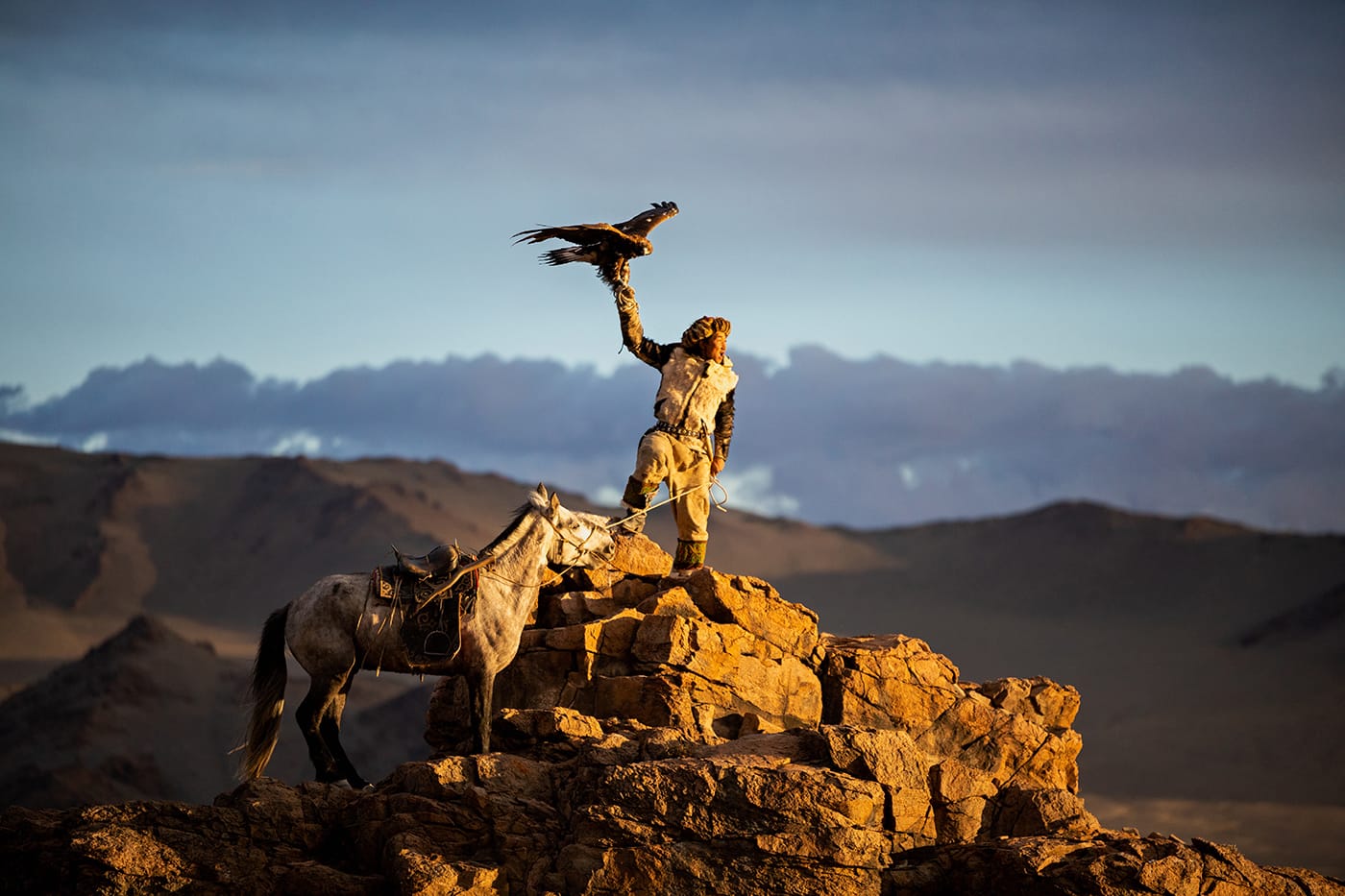Colours Of Pushkar 2019
Tour Overview
Don’t miss the opportunity to be a part of the COLOURS of PUSHKAR and the culture of this historic place.
Tour Limelight
- Four days enthralling experience of capturing the beauty and rustiness of Camel Fair at Pushkar.
- Special attraction – Experience the adrenaline rush during the camel safari under starry night. Sunset and sunrise on the dune, campfire along with local folk songs, dinner under the starry night.
- Street Photography shooting people dressed in vibrant clothes on the streets of Pushkar.
- For photographers, it is an unparallel & unforgettable experience to capture the vibrancy of the entire state of Rajasthan in one place. The frame captures the culture, religious legacy, rural flavour and rustic core natural beauty.
- Shooting tribal portraits of the beautiful old aged people will add a very good collection in your portfolio.
History of Pushkar
Pushkar is a town in the Ajmer district of Rajasthan. It is situated 14 km north-west of Ajmer and is one of the five sacred Dhams (pilgrimage site) for Hindus. According to Hindu religion, the pond at the Katas Raj temple Near Choa Saidan Shah in Chakwal District of Pakistan has a theological association with Shiva; it was formed by the tears of Lord Shiva which he is believed to have shed after the death of his wife, Sati. The story goes that when Sati died, Shiva cried so much and for so long, that his tears created two holy ponds – one at Pushkar in Ajmer and the other at Ketaksha, which literally means raining eyes, in Sanskrit. It is from this name that the word Katas is derived. It is often called “Tirth Raj” – the king of pilgrimage sites – and has in recent years become a popular destination for foreign tourists.
Pushkar is one of the oldest existing cities in India. It lies on the shore of Pushkar Lake. The date of its actual origin is not known, but legend associates Brahma with its creation.
Pushkar has many temples. Most of the temples are not very old because many temples were destroyed during Muslim conquests in the area. Subsequently, the destroyed temples were rebuilt. The most famous among all is the Brahma Temple built during the 14th century CE. Very few temples to Lord Brahma exist anywhere in the world. Pushkar lake has 52 ghats where pilgrims descend to the lake to bathe in the sacred waters.
According to legend, Brahma was in search of a place for Mahayagna and he found this place suitable. After a long time, Brahma came to known that a demon, Vajranash, was killing people here so the Lord chanted a mantra on a lotus flower and killed the demon. During this process, the parts of flower fell on three places which were later known as Jyaistha, Madhya and Kanistha Pushkar. After this Brahma performed a yagna to protect this place from demons. The consort of Brahma, Savitri, were needed to offer Ahuti for the yagna but she was not there that time so Gayatri, a Gurjar girl, was married to Brahma and performed yagna. This act made the first wife of Brahma, Savitri, angry and she cursed Brahma saying that he would be worshipped in Pushkar only.
About Pushkar Fair
India, being a country of age-old religions, countless temples and shrines and the rituals attached to them is home to thousands of fairs that occupy every season in a calendar year. The sprawling annual festivities of more than 100-year-old Pushkar Mela is one of the biggest events in India. And for a fair in India, it takes to be much more than just average to stand out. The significance of Pushkar Mela is many faceted which is closed intertwined with the unique features of the town of Pushkar. Situated near the famous city of Ajmer in Rajasthan, Pushkar, on the edge of the Thar Desert, is far away from the din and bustle of a modern city.
The Pushkar Fair is an annual Fair celebrated from the Kartik ekadashi to Kartik Poornima, the full moon day (the 15th) of Kartik (October–November) in Hindu calendar. The full moon day is the main day and the day, according to legend, when the Hindu god Brahma sprung up the Pushkar Lake, thus numerous people swim in its sacred waters. On record, Pushkar fair is the World’s largest camel fair where around 50,000 camels, horses and cattle and over 400000 people are gathered over a period of around fourteen days. Apart from the buying and selling of livestock, it has become an important tourist attraction also.
The original intention behind the Pushkar Camel Fair was to attract local camel and cattle traders to do business during the holy Kartik Purnima festival. Today the Pushkar Mela creates a stir among travelers with its awe-inspiring celebrations at this grand event cherished with life oozing activities, cultural and musical events, thrilling camel safari tours and a stay in the traditional yet modern camps.
Images of silver bells making heart pleasing jingles, animals walking over sparkling sand dunes and beautifully decked up camels with their owners sitting on their backs has become a fascinating norm at this stunning cultural retreat. A huge carnival is held, with an array of musicians, magicians, dancers, acrobats, snake charmers and carousel rides to entertain the crowd. The grand occasion of the Pushkar Mela is definitely a priceless treat for those who wish to eye the vibrant culture and traditions of Rajasthan.
The entire fair can be segregated under three main heads with a few subheads. The first is the Cattle Fair. Apart from the camels, animals like horses, cows, sheep and goats are being traded here. Further, there are competitions among the colourfully decorated camels where the winner camel is prized healthily. Second comes the Cultural Fair.
In this segment the stalls and shops catering both to human and the cattle are set up in the fair site. Clothing, jewellery, and tattoos carry an ethnic charm with a typically Rajasthani aura. Besides it, the hugely versatile cultural repertoire of Rajasthan comes alive in Pushkar Fair in the form of folk dance, music, puppet shows and so on. On the final five days of Pushkar fair is for a holy dip in the mythologically significant sacred Pushkar Lake to “wash away the sins of a lifetime” and pay obeisance at the ONLY Brahma temple in the world.
Temples of Pushkar
Brahma Temple
Brahma Temple in Pushkar is the only temple dedicated to Lord Brahma, the creator of the universe according to Hindu mythology in India. The temple is nestled in the Pushkar valley which lies beyond Nagaparvat and the Anasagar Lake, Rajasthan. Brahma is among the trinity of Hindu Gods, the other two being Lord Shiva and Lord Vishnu. Built in the 14th century, Brahma Temple is an important pilgrim place for Hindus. Other than the Brahma Temple, Pushkar also boasts of dedicated to Lord Mahadev, Lord Varah and Lord Ramvaikunth.
Pushkar is regarded as a holy place as it was here that Lord Brahma, together with all the gods and goddesses performed a ‘Yagna’ (self-mortification) at the lake. According to legends, Brahma’s wife Savitri was not present at the Yagna and Brahma married another woman on his impulse. Savitri being displeased by Brahma’s act cursed that Brahma would never be worshipped anywhere else. Due to the reason, this is the only known temple in the world, where Lord Brahma is worshipped. Legends have it that the Pushkar Lake appeared when a lotus flower fell from the hands of Lord Brahma in this valley.
Savitri Temple
Savitri Temple Dedicated to Lord Brahma’s first wife, Goddess Savitri, this temple is situated on a hillock right behind the Brahma temple. While climbing the long series of steps leading to the temple, one can catch a panoramic view of the lake, surrounding temples, and sand dunes. The presence of the only Brahma Temple in Pushkar is the outcome of Savitri’s curse to Brahma for marrying another Goddess, Gayatri, while starting his yagna in Pushkar.
Varaha Temple
Varaha temple is the largest and the most ancient temple of Pushkar. Constructed by the 12th-century ruler, King Anaji Chauhan, this temple is dedicated to the third incarnation of Lord Vishnu as a wild boar. Legend has it that Varaha rescued the earth from a depth of the primaeval water, where it was dragged down by a demon (Hirnayaksh). It is one of the most visited temples in Pushkar.
Rangji Temple
The gracious and conspicuous Rangji Temple is another popular shrine that witnesses thousands of pilgrims and tourists every year. The temple is dedicated to Lord Rangji, believed to be an incarnation of Lord Vishnu. The influence of South Indian style, Rajput style and Mughal style in the temple’s architecture is highly noticeable. The high-rising ‘Gopuram’, prevalent mainly in the temples present in South India is another feature of the temple that attracts visitors.
Pap Mochini (Gayatri) Temple)
Presided by the deity Ekadashi Mata, the Pap Mochini temple is believed to provide respite to followers from their cardinal sins. Located in the northern section of Pushkar, the temple is like a pearl in the crown of Pushkar. Having a great spiritual importance as well as boasting a splendid architecture, the Pap Mochini temple is one of the most popular temples in Rajasthan. Presided by the deity Ekadashi Mata, the Pap Mochini temple is believed to provide respite to followers from their cardinal sins. ‘Pap’ in Sanskrit means ‘sin’. There are also a number of beliefs attached to the temple. In ancient India, it was believed that killing a Brahmin is an unforgivable sin. It would be a sin even if one does it unknowingly. Hence, people who had committed that crime often used to come to the Pap Mochini temple to get a respite from the sin. It was believed that Goddess Ekadashi Mata was the only one who can free her devotees from such catastrophe.
The temple also has other mythological association. In the Indian epic Mahabharata, Lord Krishna once cursed Ashwathama to roam for three thousand years around the earth. Ashwathama came to the Pap Mochini temple in order to seek salvation. These various beliefs had imparted a great religious significance to the temple.
As a result, thousands of devotees come to the temple with a belief that a visit to the temple will give them a respite from all their sins.
However, the Pap Mochini temple is equally attractive to those who don’t believe in all these notions. The marvellous architecture of the temple is enough to draw their attention and make it a worthy visit. The various features of the temple’s architecture provide a deep insight into Hindu architecture. On one side of the temple, there is Pushkar Lake and on the other side of the temple, there is the Mela Ground. Hence, a visit to the Pap Mochini temple will be a thoroughly enjoyable experience.
Tour Dates
5th to 8th November 2019
PLACE
Pushkar, Rajasthan, India.
Weather
Temperature:
Sunshine:
Rainfall:
PARTICIPATION FEE
For Indian Participants
24500 INR - Double Occupancy
30700 INR - Single Occupancy
Foreign Participants
525 USD - Double Occupancy
675 USD - Single Occupancy
(Includes accomodation and food)
TOTAL PARTICIPANTS
Maximum 10 participants
TEACHING LANGUAGE
English, Hindi & Bengali
PHONE
+918509333385
+918900702900
Meet Your Mentor

Apratim Saha
Apratim is a contributing photographer of National Geographic Stock Photography, Getty Images and Stocksy United. He is the Brand Ambassador and Mentor for Tamron, Data Color, Olympus, Nisi, Godox, Vanguard and Blackrapid.He has over 30 years of experience, from traditional film to digital photography. He is a commercial photographer specializing in people photography, portraiture, lifestyle & editorial clients. Besides commercial works, Apratim also shoots other subjects that stimulate his visual or emotional sensibilities.


